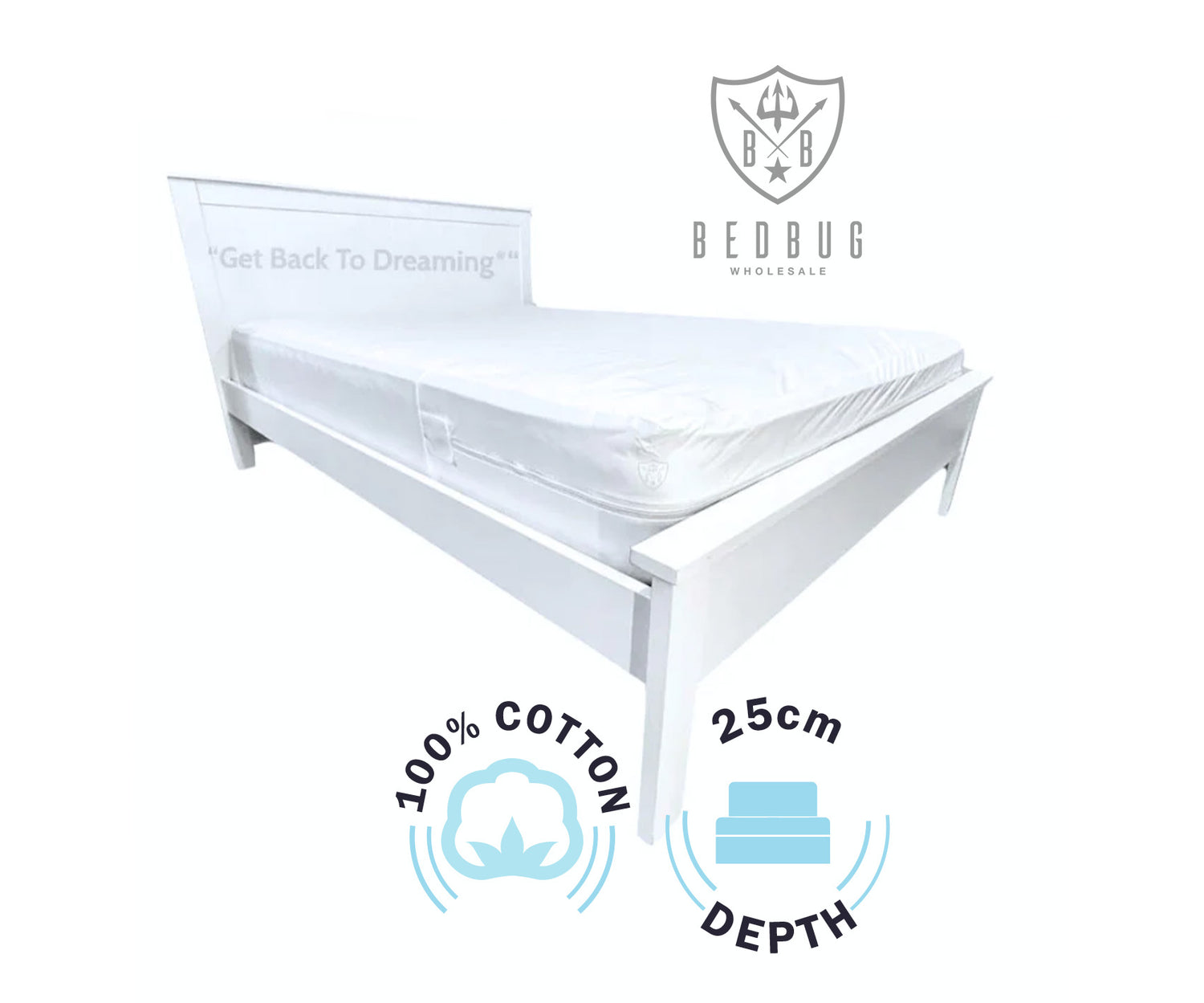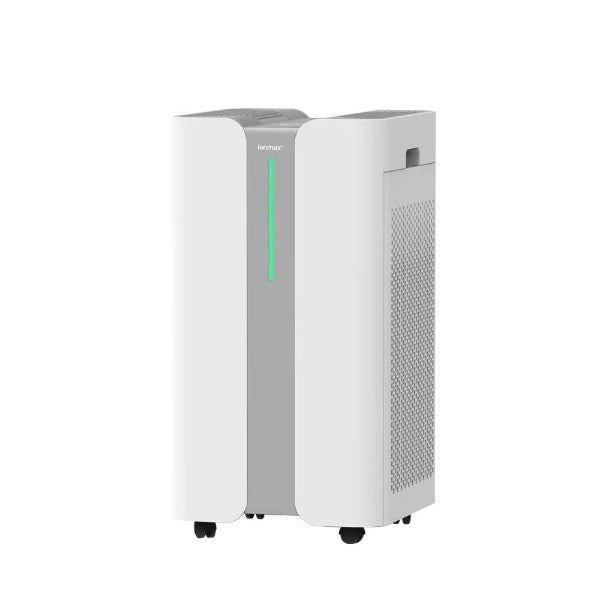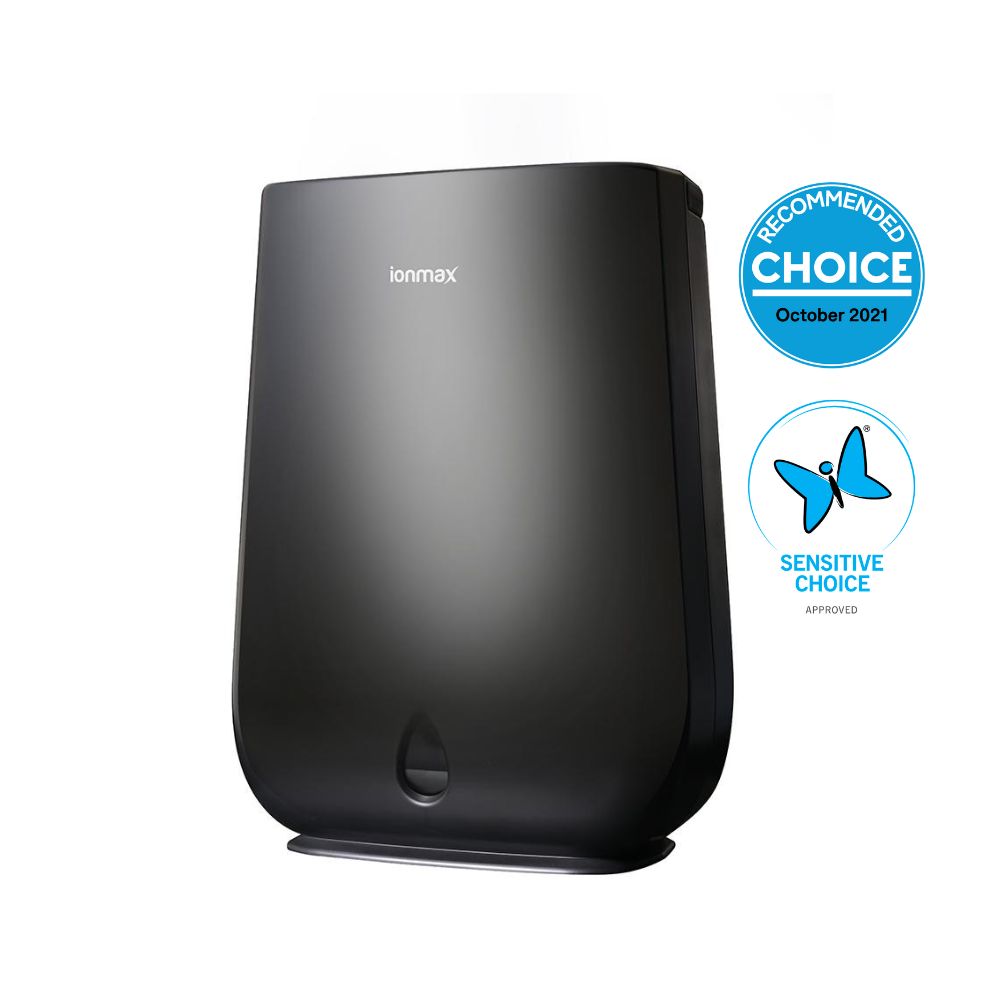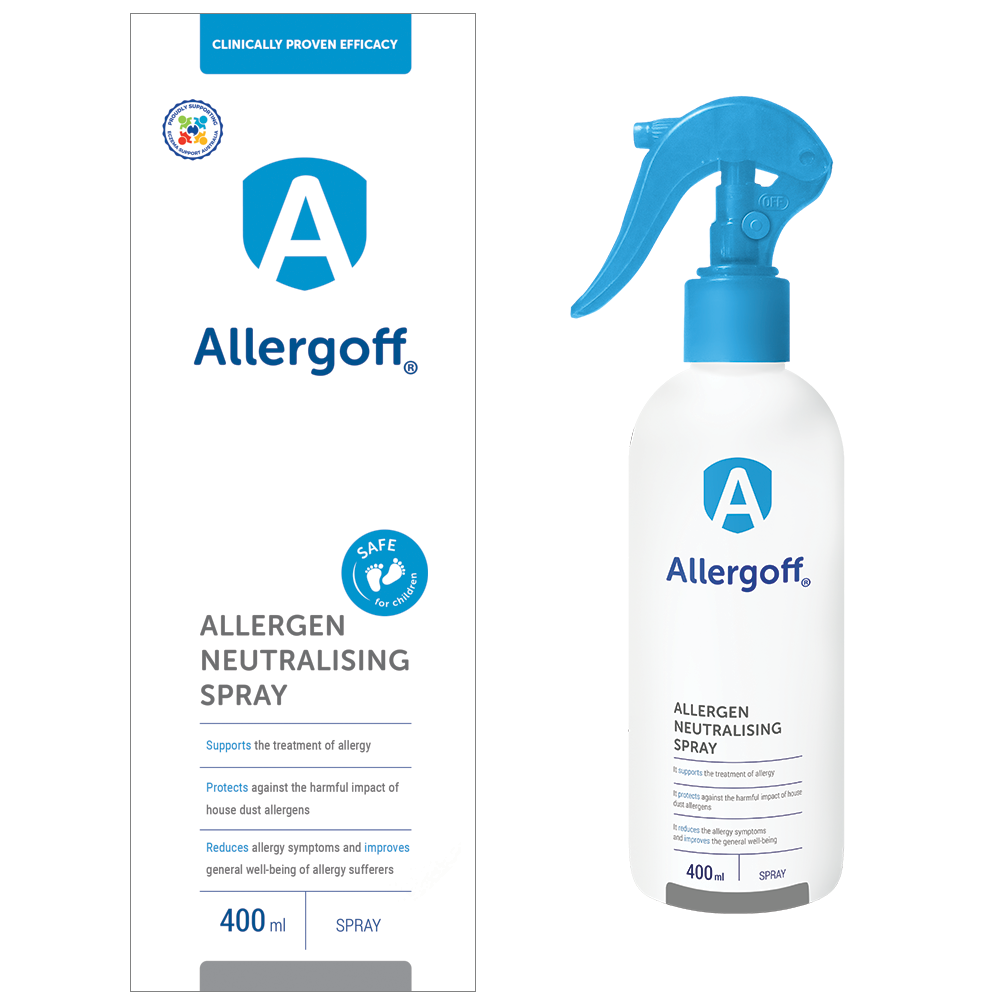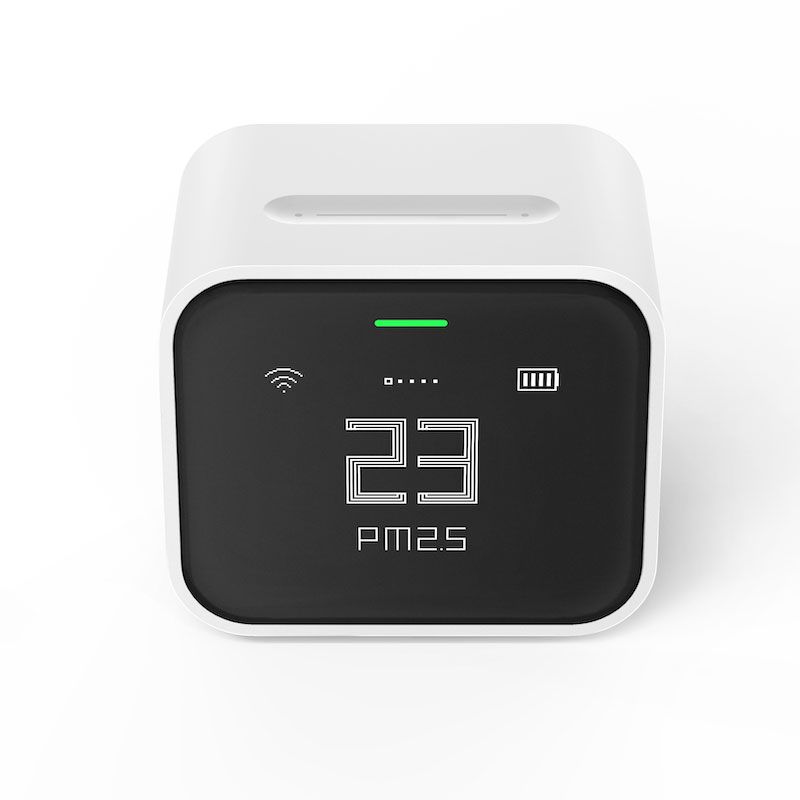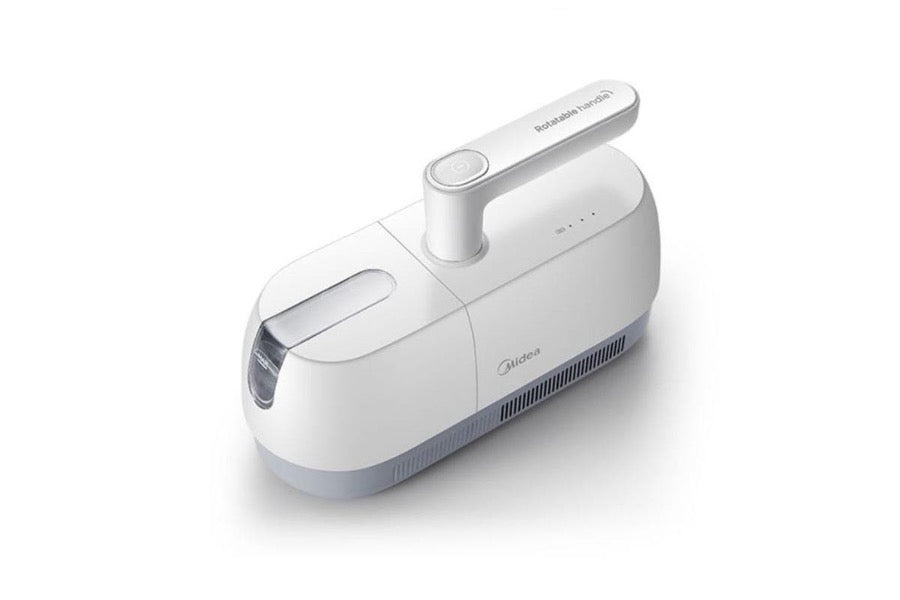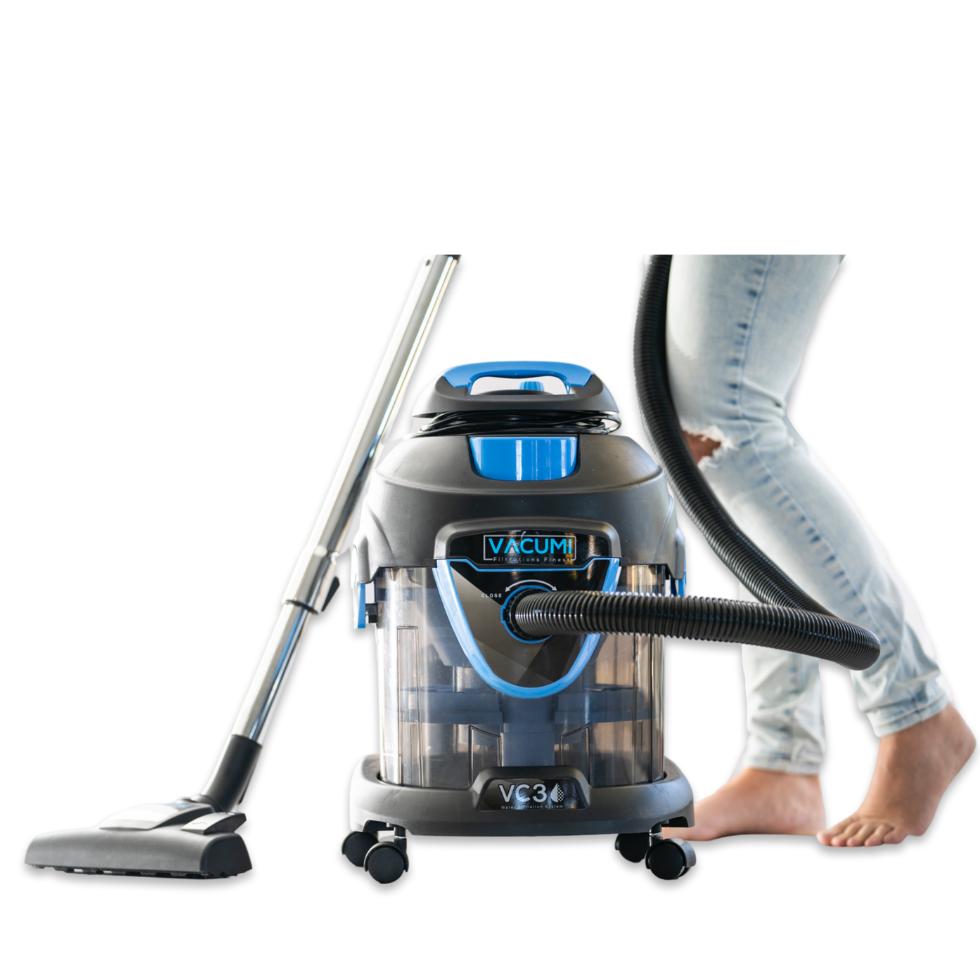Mattress protectors for dust mites have emerged as a critical defense in the fight against allergy symptoms, offering a straightforward yet highly effective way to improve sleep quality and health for individuals sensitive to dust mites. These specially designed covers serve not only as a barrier to encase and isolate dust mites within the mattress but also prevent new infestations, directly addressing one of the primary sources of allergens in the home.
Dr. Thomas Platts-Mills, director of the Asthma and Allergic Disease Center at the University of Virginia, points out that dust mites are a larger issue in humid environments. This observation suggests that controlling the humidity levels in a home could further reduce the risk of dust mite proliferation. However, in areas where dust mites are prevalent, mattress protectors serve as an essential tool in the allergy prevention toolkit.
In the comprehensive approach to managing allergies, dust mite mattress covers are identified as highly effective tools, provided they are integrated into a broader strategy to minimise allergen exposure. Health experts, including allergy specialists emphasize that while these covers play their role in targeting dust mites, their full potential is unlocked only when combined with other measures to reduce allergens. Designed to offer protection against dust mites, mattress covers should be considered a key component of a holistic plan aimed at alleviating allergy symptoms and enhancing sleep quality.
Mattress protectors act as a barrier, effectively trapping dust mites within the mattress and preventing new ones from entering. This mechanism is critical for reducing exposure to dust mite allergens, which are known triggers for a range of symptoms including itchy eyes, rhinitis, asthma, and eczema. Multiple studies underscores the effectiveness of mite-proof bedding covers when incorporated into a structured allergy-control program, these covers significantly cut down the level of exposure to mite allergens, thereby mitigating allergy symptoms.
For those seeking maximal protection, experts recommend opting for a zippered cover that encases the entire mattress—top, sides, and bottom. This comprehensive coverage ensures that microscopic allergens are kept at bay, preventing them from colonizing the bedding.
Dr. Harvan emphasises that while mattress protectors are a vital component of allergy management, they should not be the sole measure undertaken. A comprehensive treatment plan that addresses various sources of allergens, including pets and pollen, is necessary for effective allergy control. This holistic approach ensures that individuals with dust mite allergies can achieve the highest level of relief from their symptoms.
In summary, health experts advocate for the use of mattress protectors as a foundational strategy in combating dust mite allergies. By integrating these protective covers into a broader allergy management plan, individuals can significantly improve their sleep quality and reduce allergy symptoms, paving the way for a healthier, more comfortable living environment.
Sources:
https://archive.nytimes.com/www.nytimes.com/imagepages/2011/03/05/05patient1.html


